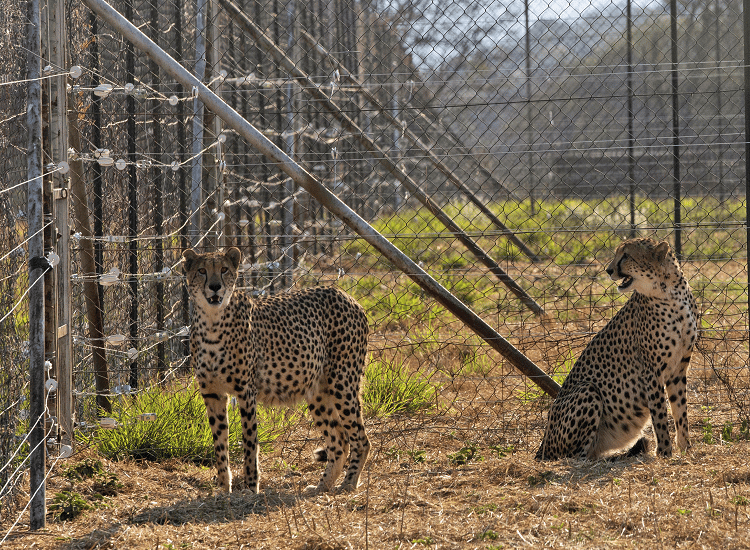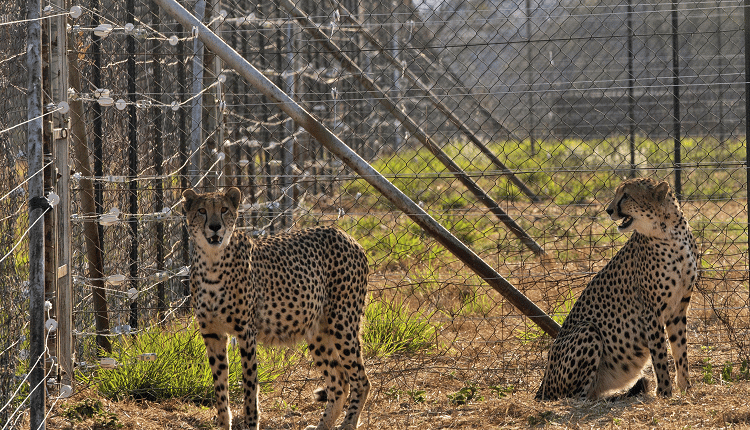Seventy years after they were declared extinct locally, the cheetahs are back on Indian soil. Eight cheetahs are introduced into Madhya Pradesh’s Kuno-Palpur National Park by Indian Prime Minister Narendra Modi. He called it a “historic day” for biodiversity. Long back, India was home to Asiatic cheetahs when it was declared extinct by 1952.
“Today, the cheetahs have returned to our land after decades. On this historic day, I want to congratulate all Indians and thank Namibia’s Government. This could not have been possible without their help,” says PM Modi.
 Source: edition.cnn.com
Source: edition.cnn.com
This development is going to give a boost to tourism for the park and the nearby regions. The grassland ecosystem is going to improve, which will further lead to an increase in biodiversity.
Equally importantly, there will be an increase in the employment opportunities surrounding the park region, as reiterated by PM Modi. Below are seven important points concerning this development:
1. The big cats were brought from Namibia, a country in Southern Africa, as part of a wildlife translocation project. In July 2020, the Republic of Namibia and India signed an MoU around the conservation of cheetahs.
Consequently, Namibia agreed to donate the first eight cheetahs to launch to program. (Translocation is the intentional capture and release of animals to the wild from one location to another to establish, reestablish, or augment a population.)
2. The Kuno National Park was chosen as the optimum location to release the cheetahs for the excellent prey base for the extinct animals. A good population of spotted deer, chinkara, and blackbuck are present in the park, which makes for suitable prey for the cheetahs.
Reportedly, the facilities have been upgraded, and the staff has been adequately trained to make the place even more suitable for the animals.
3. PM Modi is seen releasing the cheetahs into the park, along with taking pictures with a professional camera. PM Modi says, “Decades ago, the age-old link of biodiversity was broken and had become extinct.
Today, we have a chance to reconnect it. Along with these cheetahs, the nature-loving consciousness of India has also awakened with full force.”
4. The species of Asiatic Cheetah was declared extinct domestically after Maharaja Ramanuj Pratap Singh Deo shot the last spotted cheetah in 1947.
5. The cheetah is a vulnerable species under the International Union for Conservation of Nature (IUCN) Red List of threatened species. In estimation, around 7,000 cheetahs remain worldwide, primarily in African savannas.
6. These eight cheetahs are selected based on health, hunting skills, wild disposition, and ability to contribute genetics. Further, they will be monitored for the next 24 hours after release. For the same, radio collars are placed on all cheetahs to monitor through satellite technology.
7. Speaking about the management, the tiger-faced plane with cheetahs arrived at Gwalior’s Maharajpura airbase, operated by the Indian Air Force (IAF), before 8 am. Civil Aviation Minister Jyotiraditya Scindia oversaw the arrangement as the cheetahs were transported to the air force chopper, which flew them to Kuno National Park.
Indeed it is a historic moment for Indian biodiversity and presents the right image for India, which has always been one of the richest biodiversity places in the entire world. This move, as expected, is going to take the Indian tourism industry to newer heights.





Leave a Comment